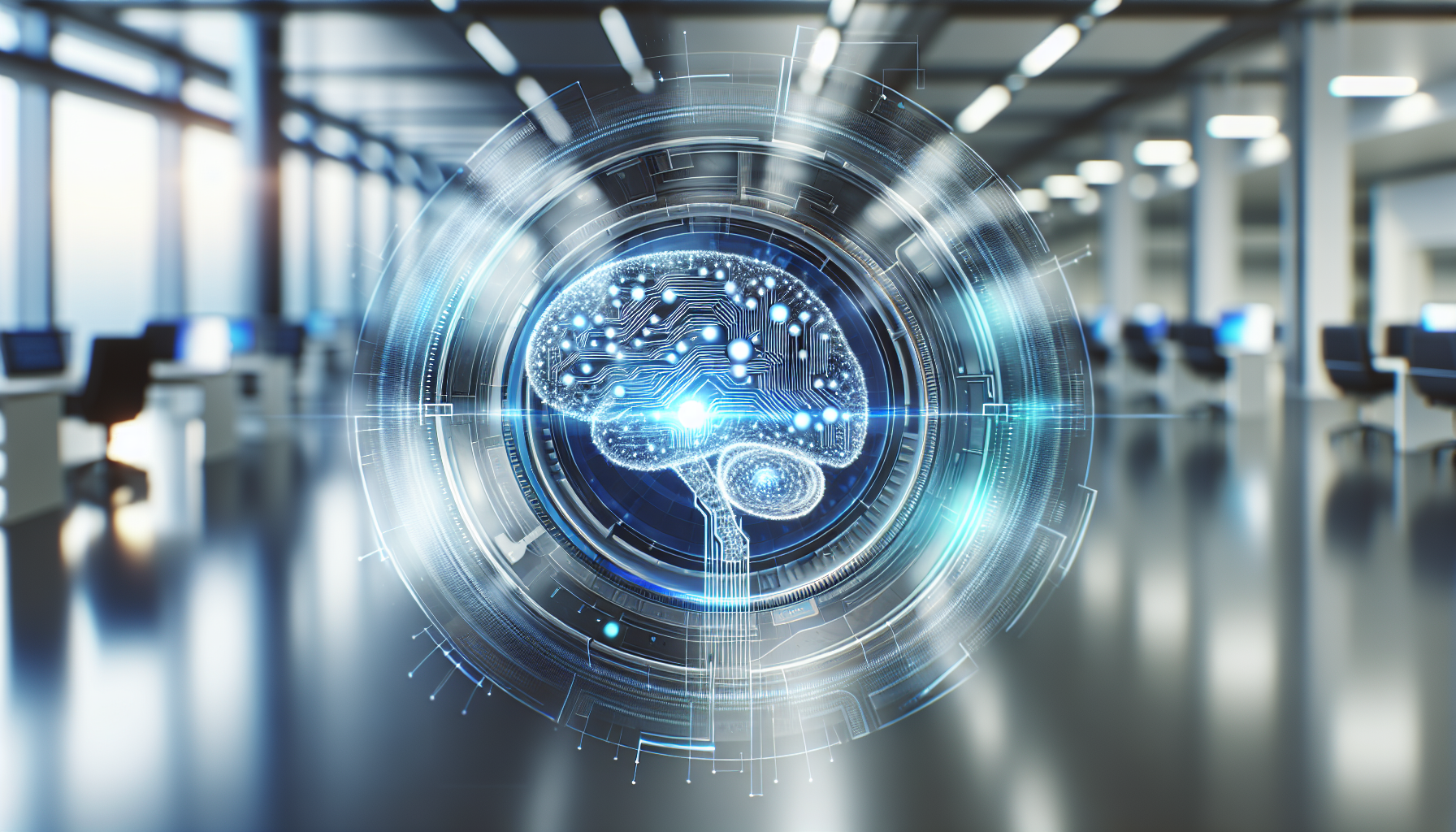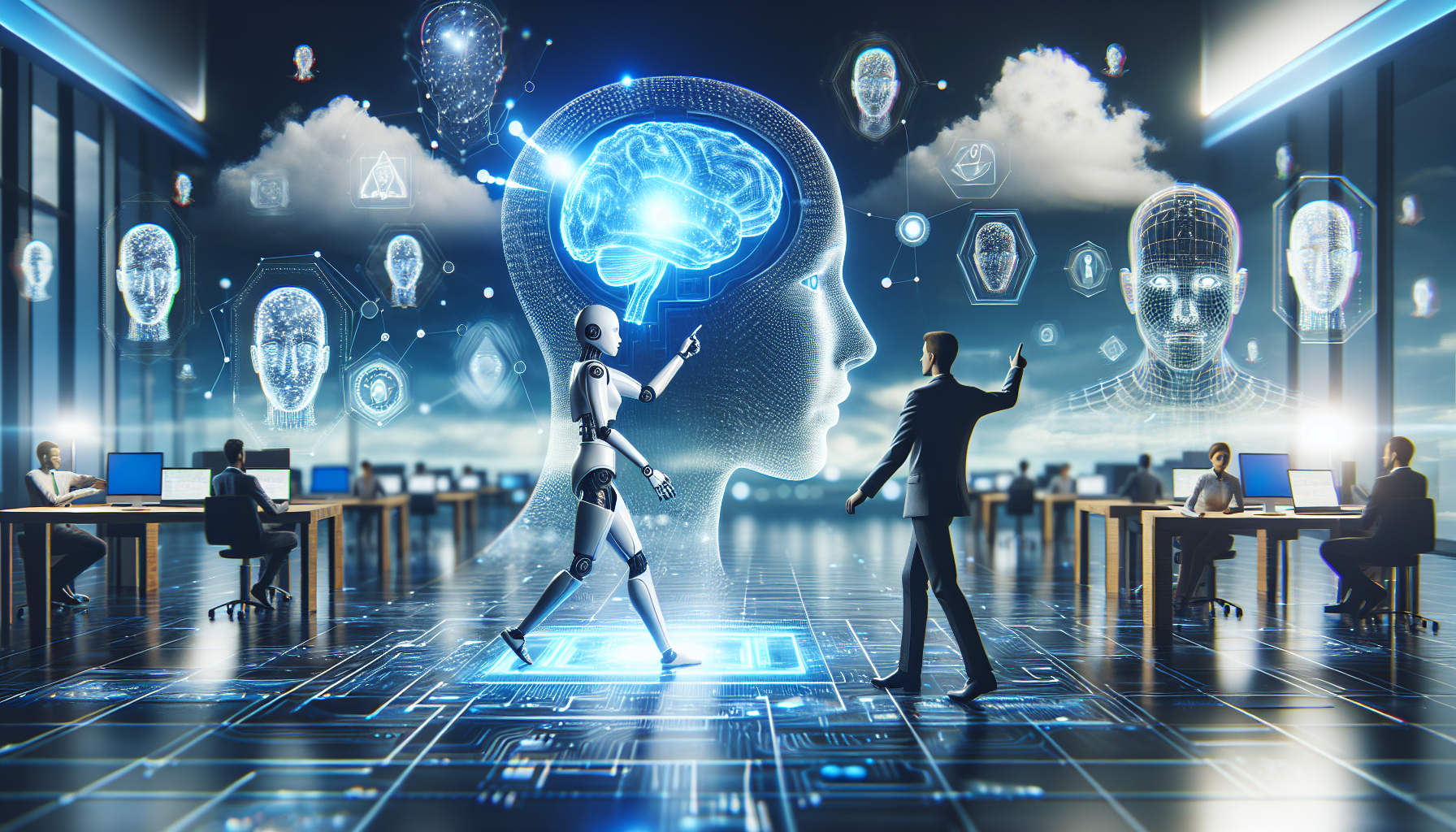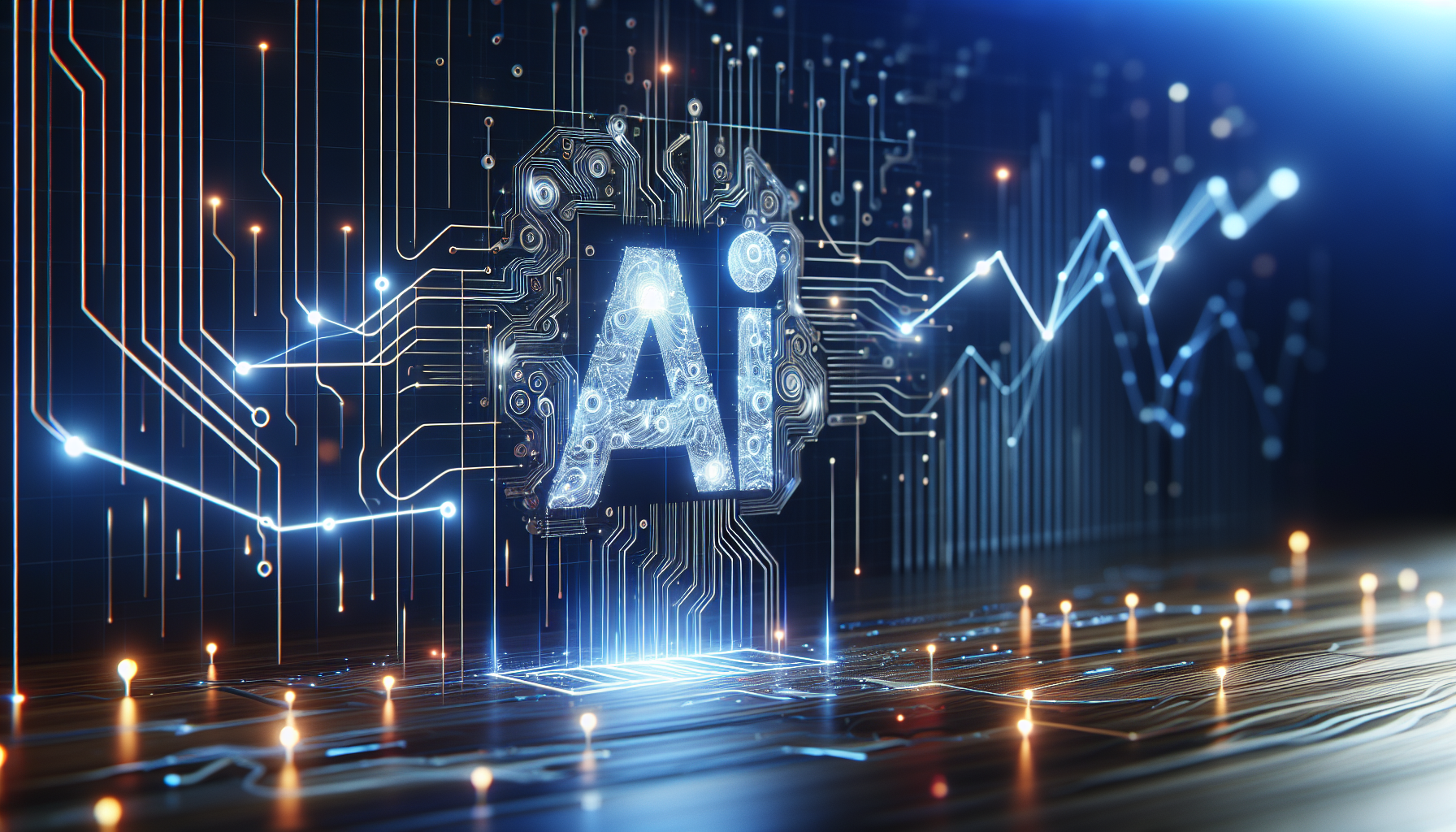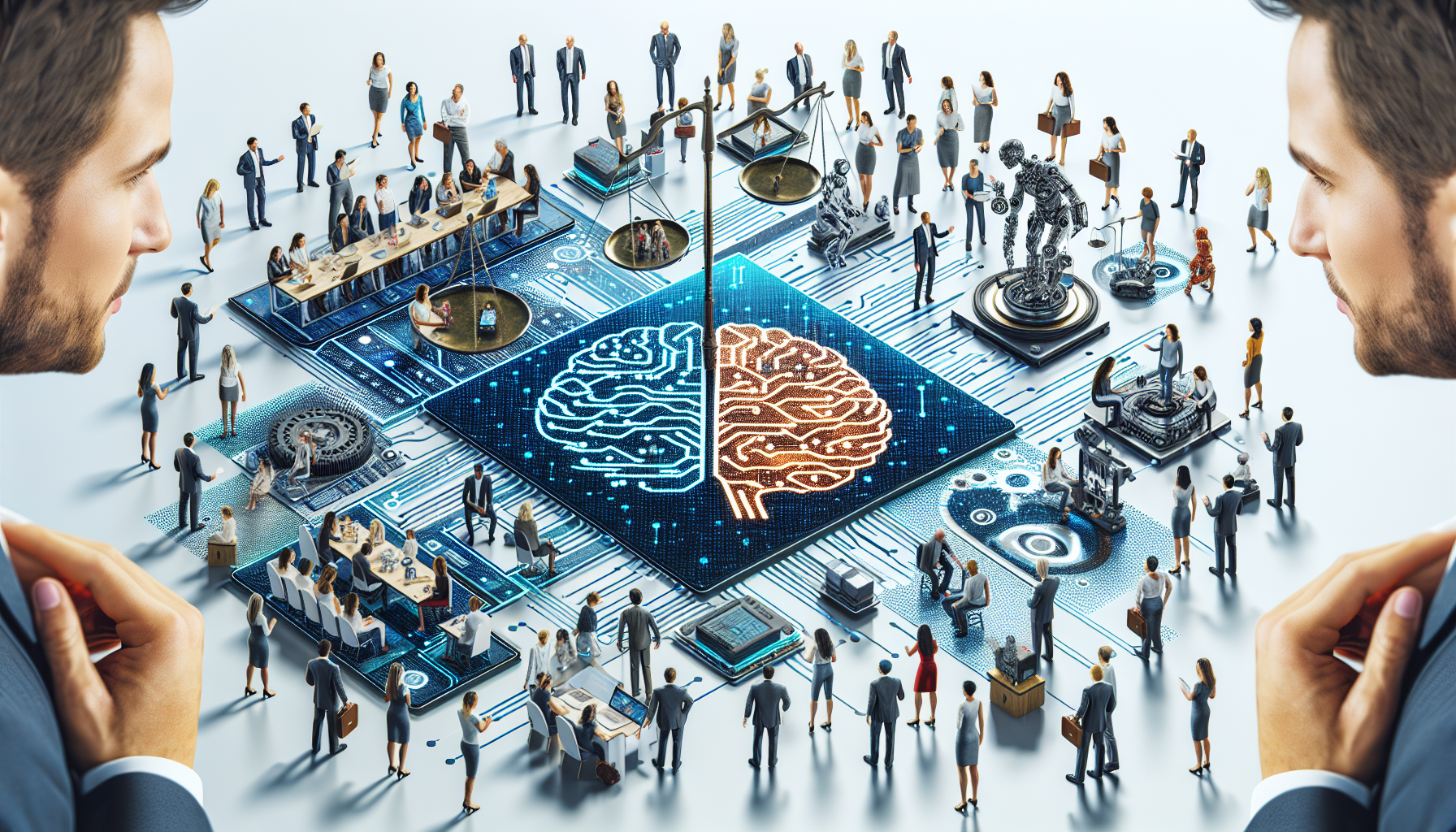
Unveiling the Future of Artificial Intelligence: The Role of Algorithms and Data Structures
August 15, 2025
Artificial Intelligence (AI) has steadily risen from the realm of science fiction to become a pivotal force in modern technology. Central to its effectiveness are the algorithms and data structures that drive AI systems. These components form the backbone of machine learning and deep learning models, determining the efficiency and capability of AI applications. As we cast our gaze forward, understanding the science behind these elements can illuminate the future trajectory of AI.
The core of AI's functionality lies in its algorithms—step-by-step procedures or formulas for solving problems. These algorithms are designed to learn from data, identify patterns, and make decisions with minimal human intervention. The sophistication of these algorithms is crucial; it determines how effectively an AI system can perform tasks, from recognizing speech to predicting market trends.
Data structures, on the other hand, are specialized formats for organizing, processing, retrieving, and storing data. They play a critical role in handling the vast amounts of information that AI systems process daily. Efficient data structures ensure that algorithms can access and manipulate data swiftly, which is essential for real-time AI applications.
Looking toward the future, one can anticipate significant advancements in the algorithms and data structures underpinning AI. As computational power continues to grow, AI systems will increasingly utilize more complex algorithms that can solve intricate problems currently beyond our reach. For example, the integration of quantum computing with AI could revolutionize algorithmic processes, allowing for the simultaneous consideration of multiple variables and outcomes, thereby enhancing decision-making capabilities.
Moreover, the development of more advanced data structures will be necessary to manage the exponential growth of data. The rise of the Internet of Things (IoT) and interconnected devices generates massive datasets that traditional structures struggle to handle efficiently. Innovations in data structures, such as those inspired by biological processes, could offer more resilient and adaptable ways to manage this information deluge.
Another promising frontier in AI is the refinement of neural networks, the algorithmic structures inspired by the human brain. Deep learning, a subset of AI, relies heavily on these networks. Future advancements may lead to neural networks that require less data to train, reducing the dependency on massive datasets and making AI accessible in environments with limited data availability.
One cannot overlook the role of ethics and transparency in the evolution of AI algorithms and data structures. As AI systems become more autonomous, the need for transparent algorithms that can be easily interpreted and audited becomes paramount. This transparency ensures accountability and builds trust, particularly in sensitive applications such as healthcare and finance.
Additionally, the democratization of AI technology will likely play a crucial role in its future. As open-source platforms and frameworks become more prevalent, they will enable wider access to advanced AI tools. This accessibility will foster innovation and allow a broader range of individuals and organizations to contribute to AI's evolution.
The future also holds the promise of collaborative AI systems that can interact and learn from one another. Such systems could share algorithms and data structures in real-time, optimizing their functions collectively. This collaborative approach could lead to AI systems that are more adaptable and resilient, capable of tackling challenges as a cohesive unit rather than isolated entities.
In contemplating the future of AI, one must consider the implications of these technological advancements on society. How will the evolution of algorithms and data structures influence the job market, privacy concerns, and the very fabric of human interaction? As AI systems become more integrated into our daily lives, these questions become increasingly pertinent.
The journey into the future of AI is as much about understanding the science that underpins it as it is about anticipating the societal shifts it will bring. As we stand on the brink of these exciting developments, it is crucial to approach them with a balance of optimism and caution. How we harness the power of AI's algorithms and data structures will shape not only the technology itself but the world in which we live.
Will our future be one where AI complements human ingenuity, or could it redefine our very roles? This question invites further exploration and challenges us to consider the ethical and practical frameworks necessary to guide AI's continued evolution.


